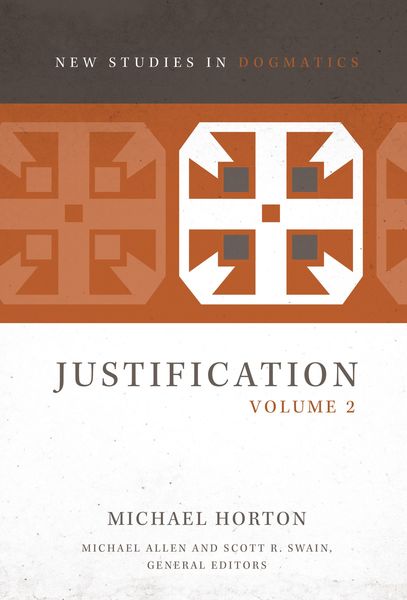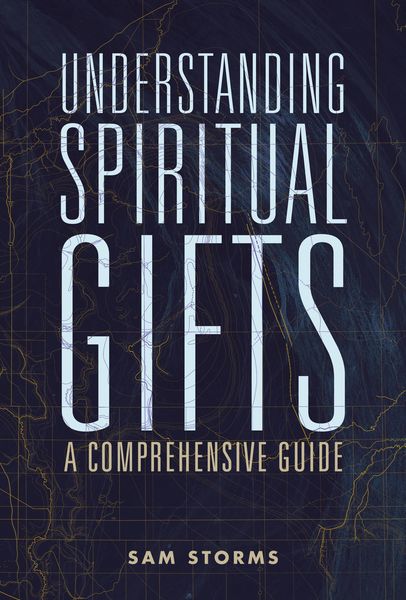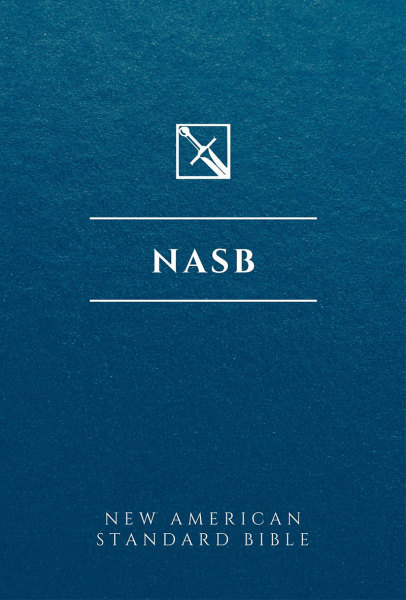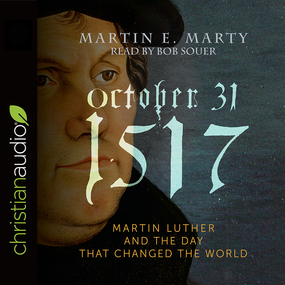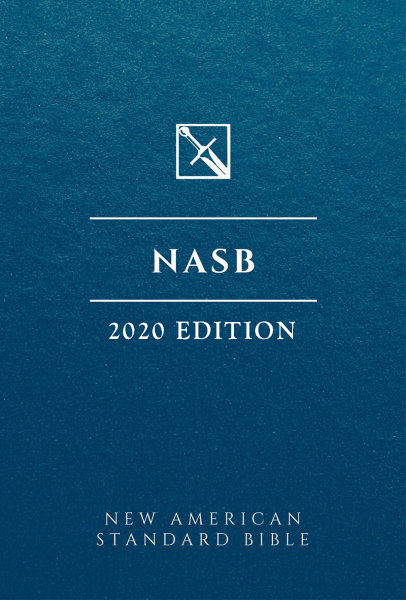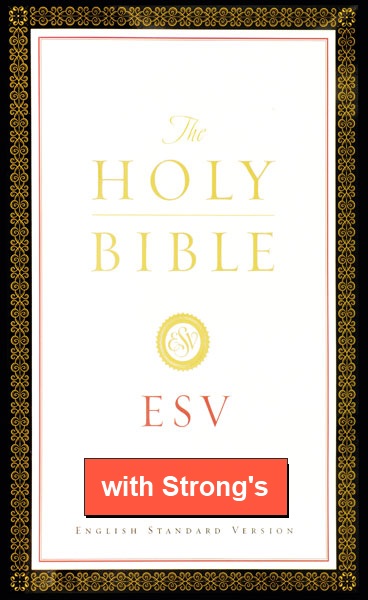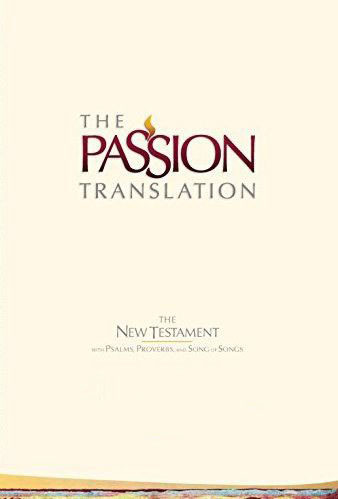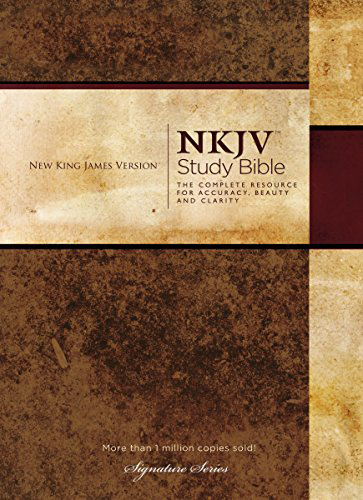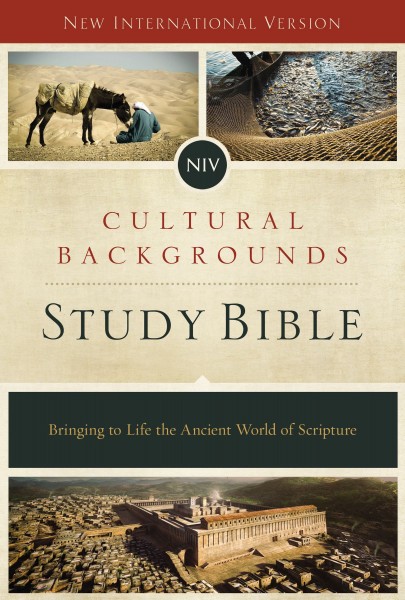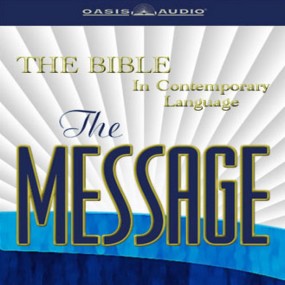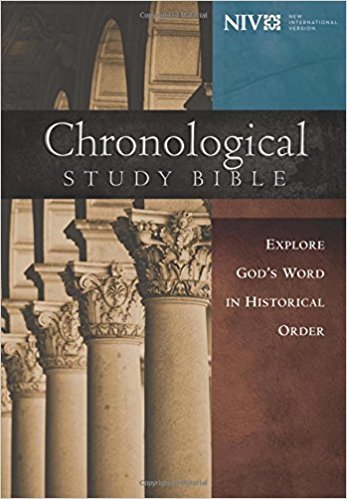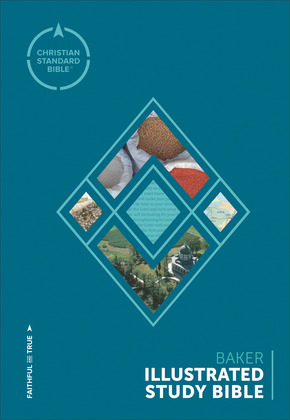

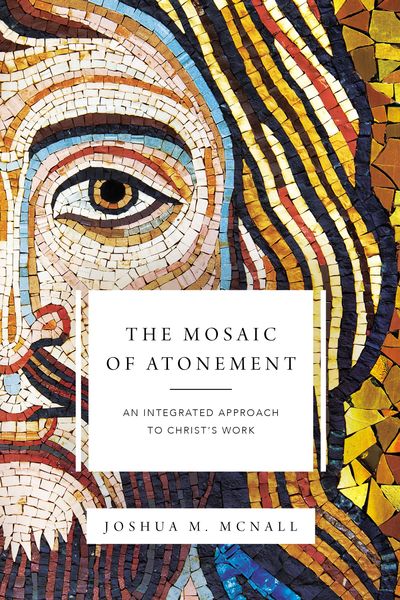
Mosaic of Atonement: An Integrated Approach to Christ's Work

Mosaic of Atonement: An Integrated Approach to Christ's Work
The Mosaic of Atonement offers a fresh and integrated approach to historic models of atonement.
While modern treatments of the doctrine have tended toward either a defensive hierarchy, in which one model is singled out as most important, or a disconnected plurality, in which multiple images are affirmed but with no order of arrangement, this book argues for a reintegration of four famous "pieces" of atonement doctrine through the governing image of Christ-shaped mosaic.
Unlike a photograph in which tiny pixels present a seamless blending of color and shape, a mosaic allows each piece to retain its recognizable particularity, while also integrating them in the service of a single larger image. If one stands close, one can identify individual squares of glass or tile that compose the greater picture. And if one steps back, there is the larger picture to be admired. Yet in the great mosaics of age-old Christian churches, the goal is not for viewers to construct the image, as in a puzzle, but to appreciate it.
So too with this mosaic of atonement doctrine. While no one model is set above or against the others, the book notes particular ways in which the "pieces"--the feet, heart, head, and hands--mutually support one another to form a more holistic vision of Christ's work. "This is my body," Jesus said to his followers, and by reintegrating these oft-dismembered aspects of atonement, we will note fresh ways in which it was given for us.
